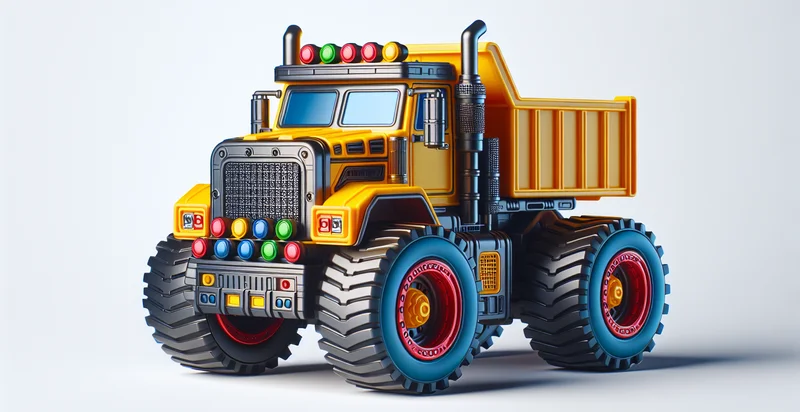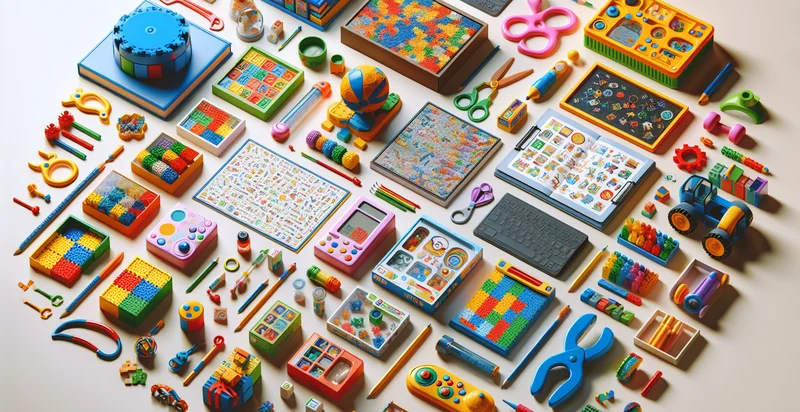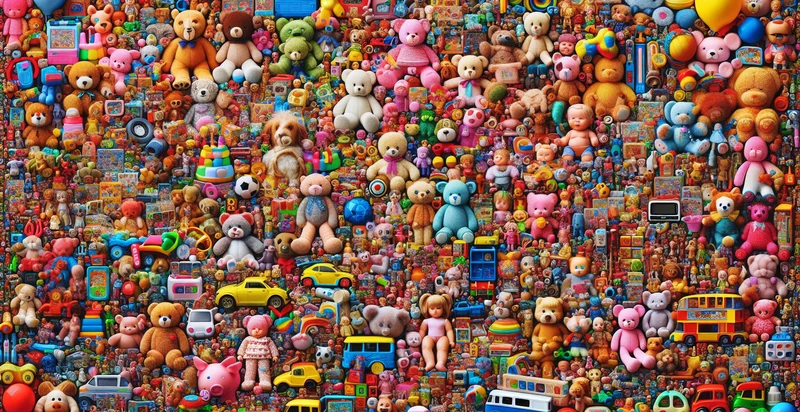Identify tonka truck type
using AI
Below is a free classifier to identify tonka truck type. Just upload your image, and our AI will predict the type of Tonka truck it is - in just seconds.

Contact us for API access
Or, use Nyckel to build highly-accurate custom classifiers in just minutes. No PhD required.
Get started
import nyckel
credentials = nyckel.Credentials("YOUR_CLIENT_ID", "YOUR_CLIENT_SECRET")
nyckel.invoke("tonka-truck-type", "your_image_url", credentials)
fetch('https://www.nyckel.com/v1/functions/tonka-truck-type/invoke', {
method: 'POST',
headers: {
'Authorization': 'Bearer ' + 'YOUR_BEARER_TOKEN',
'Content-Type': 'application/json',
},
body: JSON.stringify(
{"data": "your_image_url"}
)
})
.then(response => response.json())
.then(data => console.log(data));
curl -X POST \
-H "Content-Type: application/json" \
-H "Authorization: Bearer YOUR_BEARER_TOKEN" \
-d '{"data": "your_image_url"}' \
https://www.nyckel.com/v1/functions/tonka-truck-type/invoke
How this classifier works
To start, upload your image. Our AI tool will then predict the type of Tonka truck it is.
This pretrained image model uses a Nyckel-created dataset and has 25 labels, including Ambulance Truck, Box Truck, Bucket Truck, Bulldozer Truck, Car Carrier, Cement Mixer, Construction Truck, Dump Truck, Dumpster Truck and Fire Rescue Truck.
We'll also show a confidence score (the higher the number, the more confident the AI model is around the type of Tonka truck it is).
Whether you're just curious or building tonka truck type detection into your application, we hope our classifier proves helpful.
Related Classifiers
Need to identify tonka truck type at scale?
Get API or Zapier access to this classifier for free. It's perfect for:
- Toy Manufacturing Quality Control: Implementing the 'tonka truck type' identifier can streamline quality assurance processes in toy manufacturing. By automating the classification of toy types during production, companies can quickly identify and rectify any misclassifications in product lines, ensuring that only toys that meet specific design standards are sent to market.
- E-Commerce Product Listing Automation: Online retailers can leverage the false image classification function to automate the categorization of toy products. By accurately identifying tonka truck types among other toys, the system can improve searchability and enhance customer experience by placing products in the correct categories, ultimately leading to increased sales.
- Inventory Management for Retailers: Retailers can use the identifier for better inventory tracking and management. By automatically classifying tonka trucks and similar toys in the inventory system, businesses can optimize stock levels, reduce excess inventory, and quickly respond to consumer demand.
- Consumer Insights and Market Trends Analysis: Businesses can analyze data collected from the classification of tonka truck types to gain insights into consumer preferences and market trends. By understanding which toy types are most popular, companies can tailor their marketing strategies and product development to align with customer interests.
- Ad Targeting for Toy Advertisers: Advertisers can utilize the false image classification to enhance targeting strategies for campaigns aimed at toy buyers. By accurately identifying images of tonka trucks, businesses can create tailored advertisements that reach the right audience, improving conversion rates and return on investment.
- Children's Safety Compliance Monitoring: Using this function, children’s product safety organizations can automate the monitoring of compliance with safety standards pertaining to toy designs. By classifying tonka trucks and similar toys, these organizations can identify non-compliant products more efficiently, ensuring consumer safety.
- Second-Hand Marketplace Filtering: Platforms that facilitate the sale of second-hand toys can use the identifier to filter listings accurately. By classifying tonka truck listings, these platforms can improve user experience by ensuring that search results are relevant, reducing the likelihood of mismatches or misleading representations.


